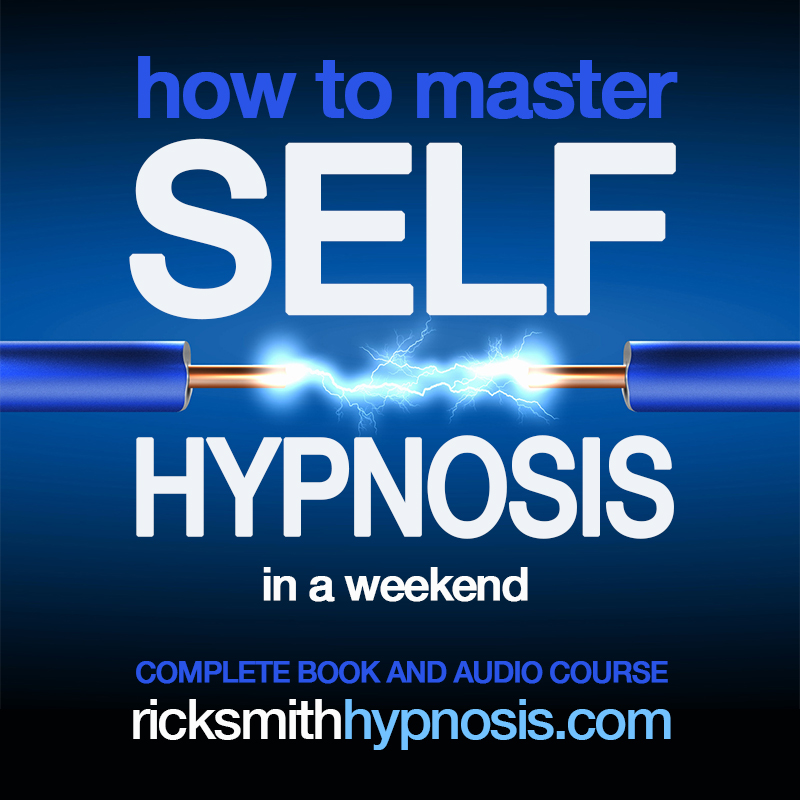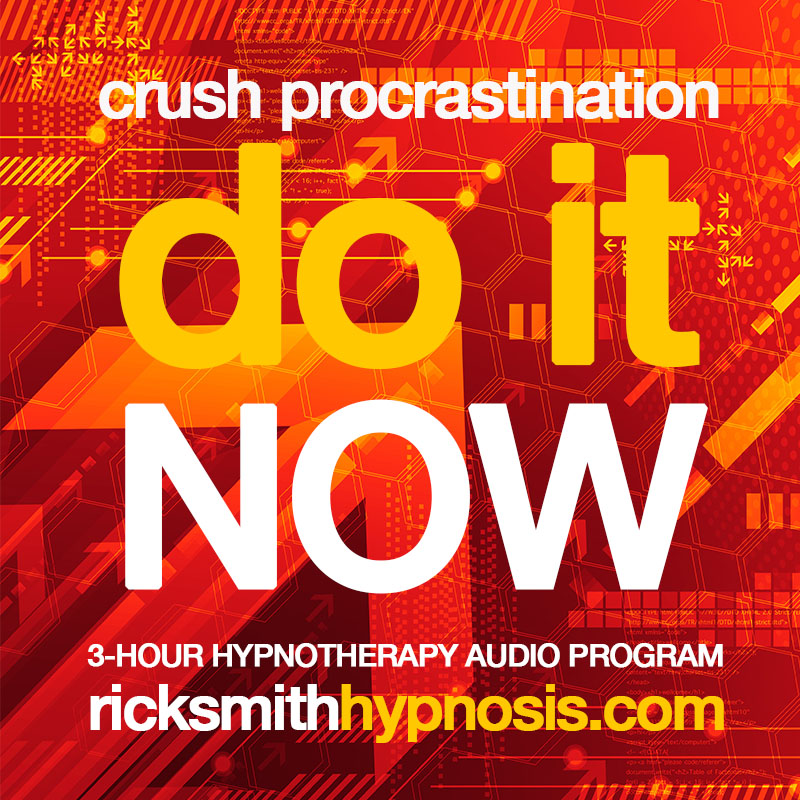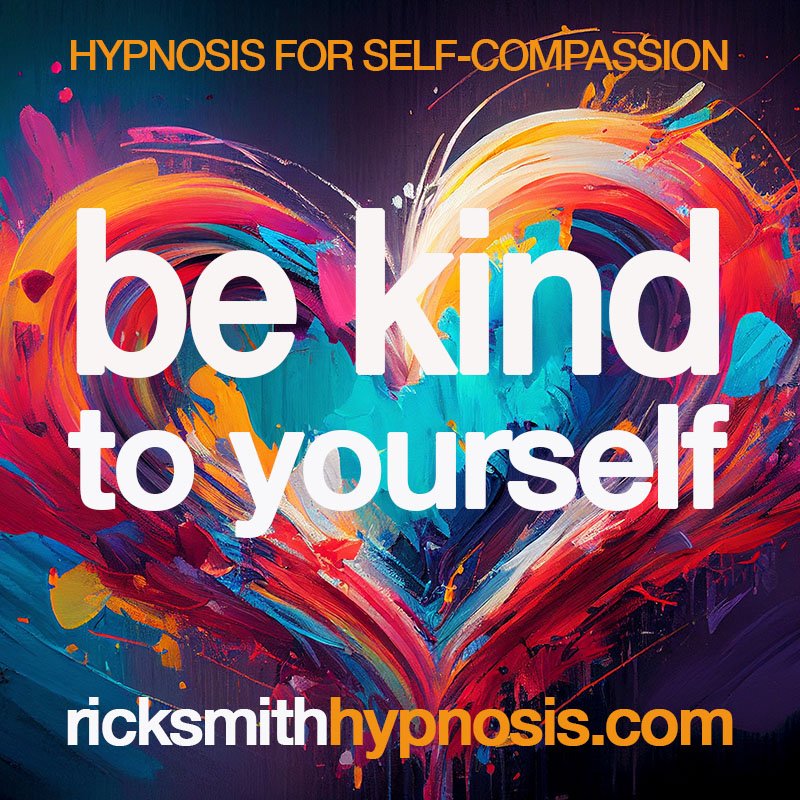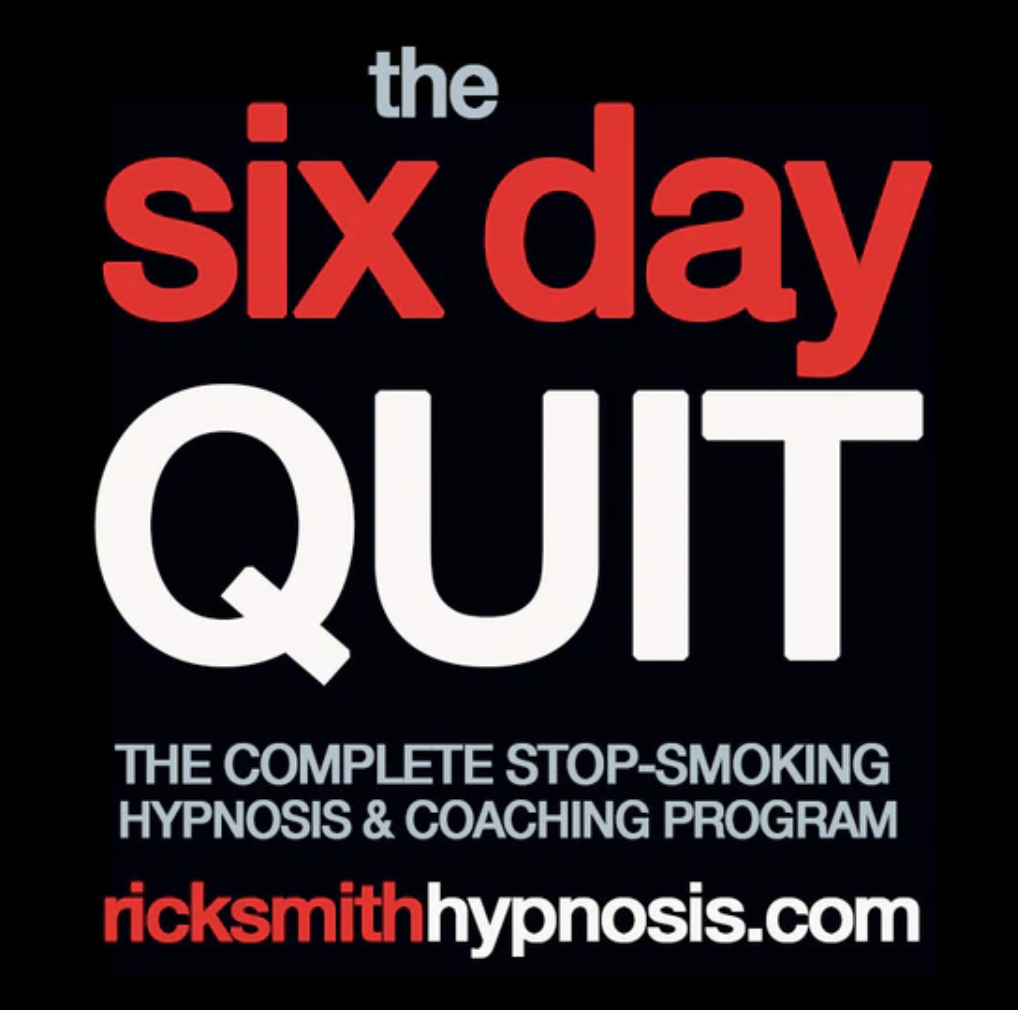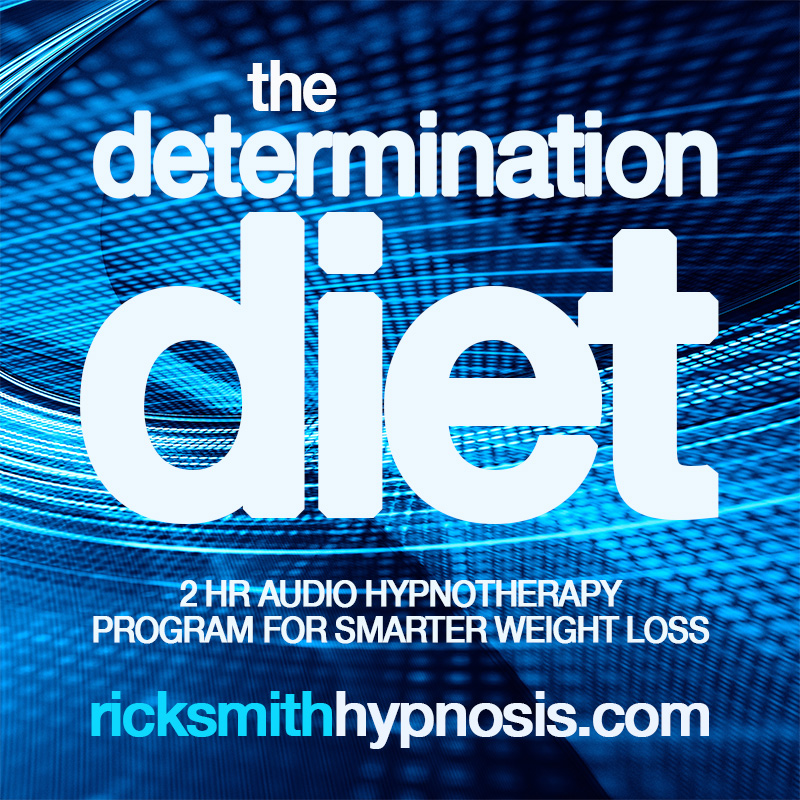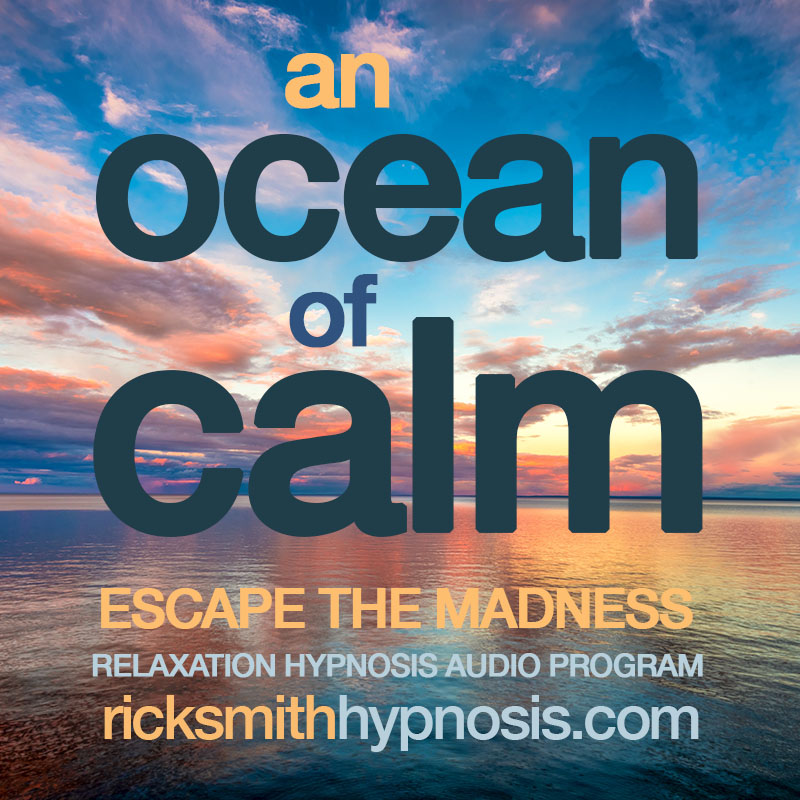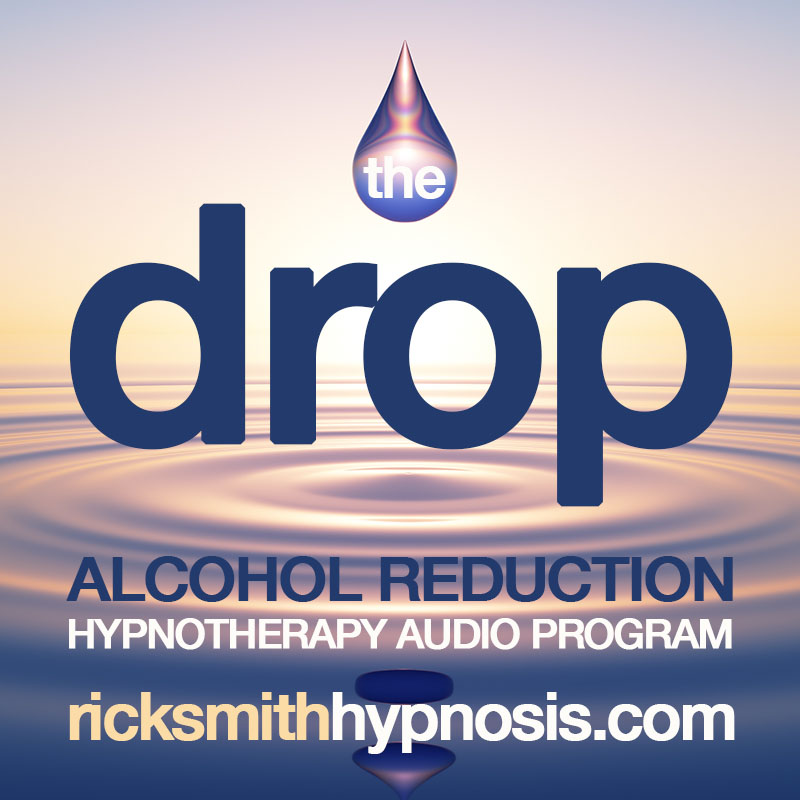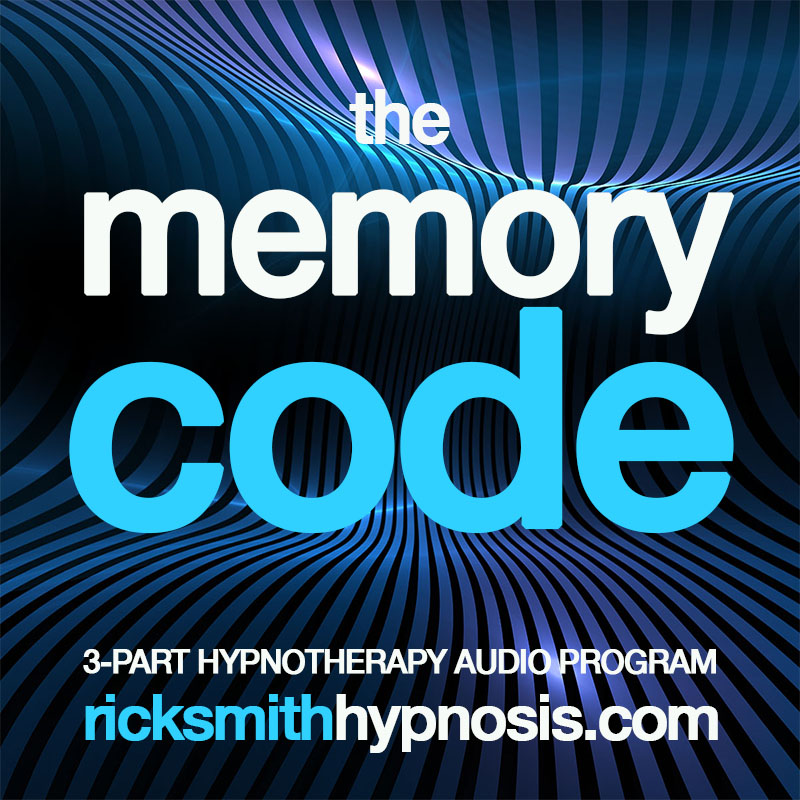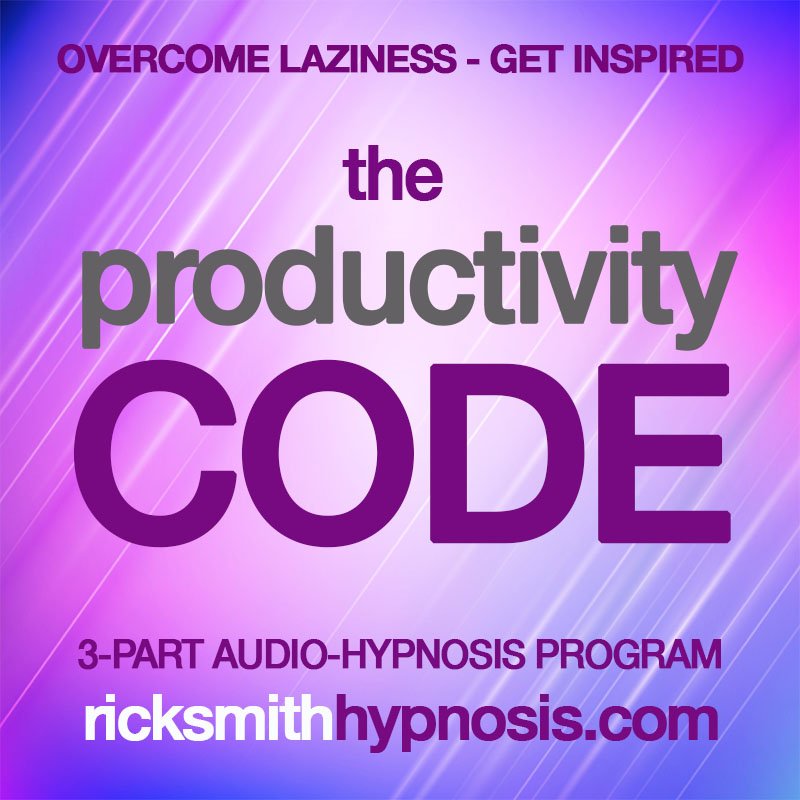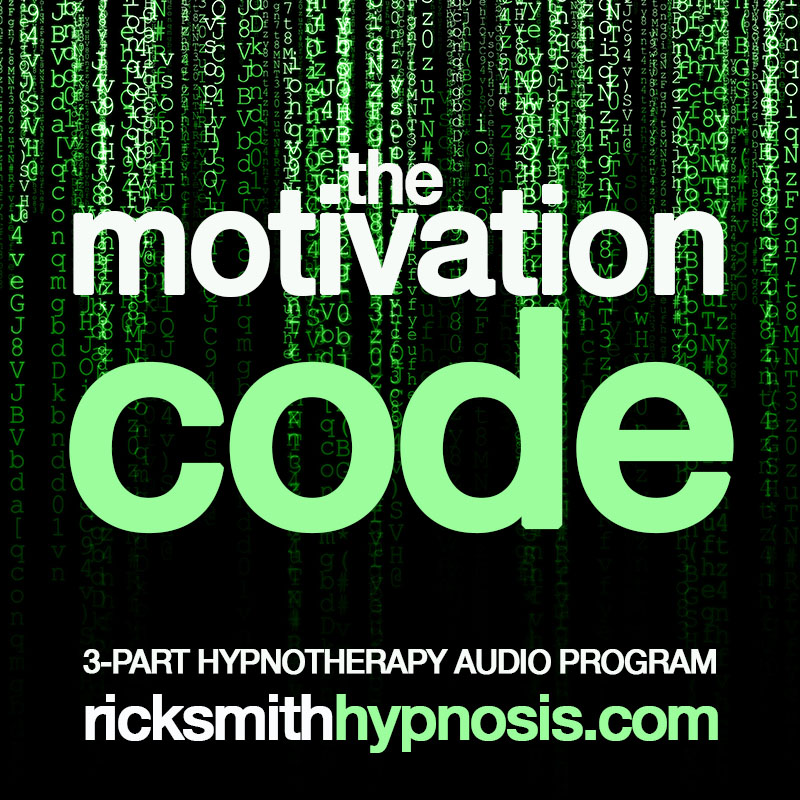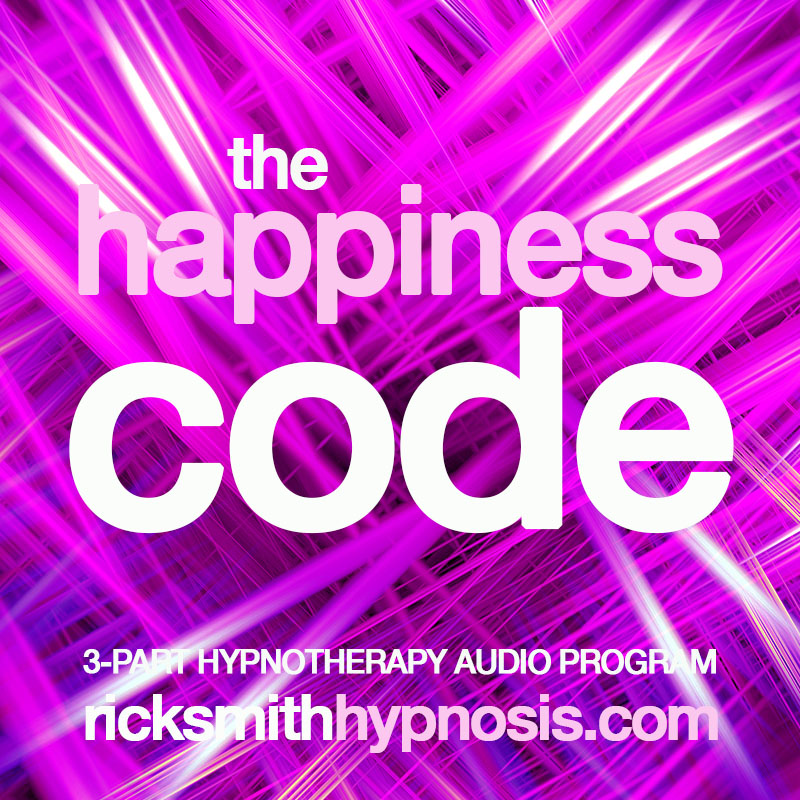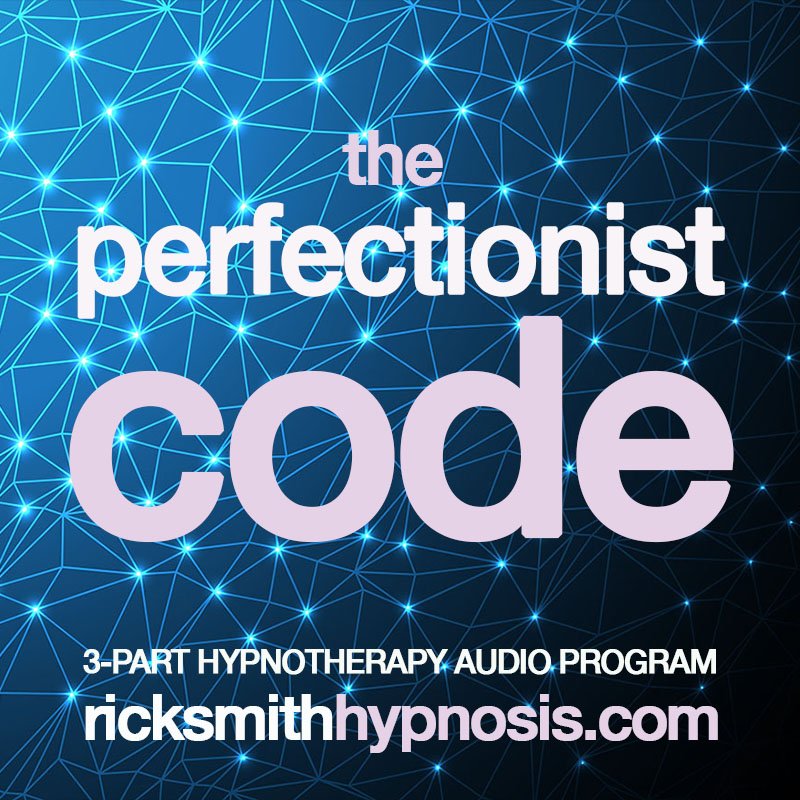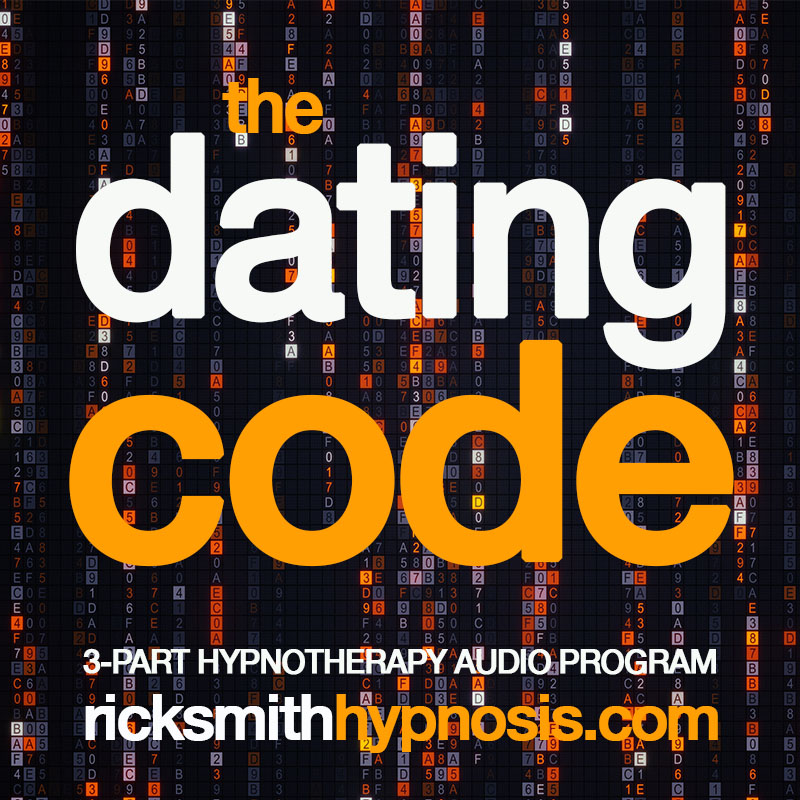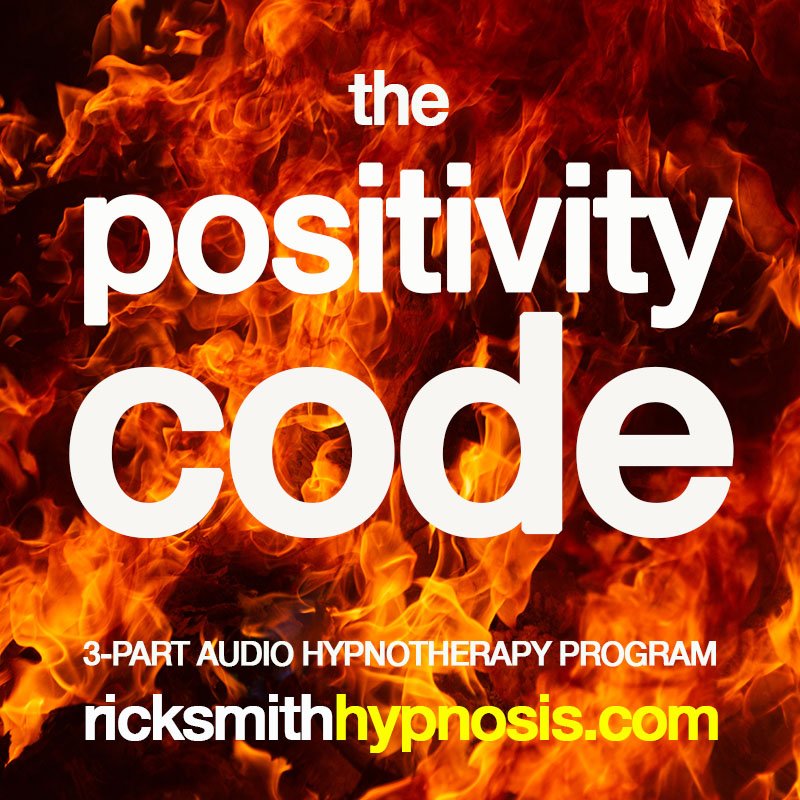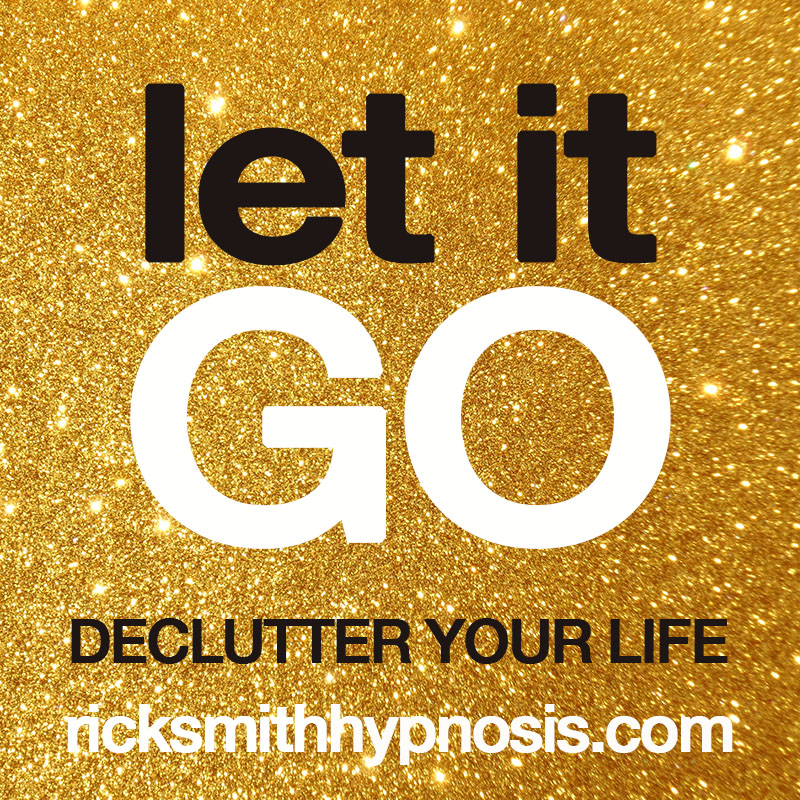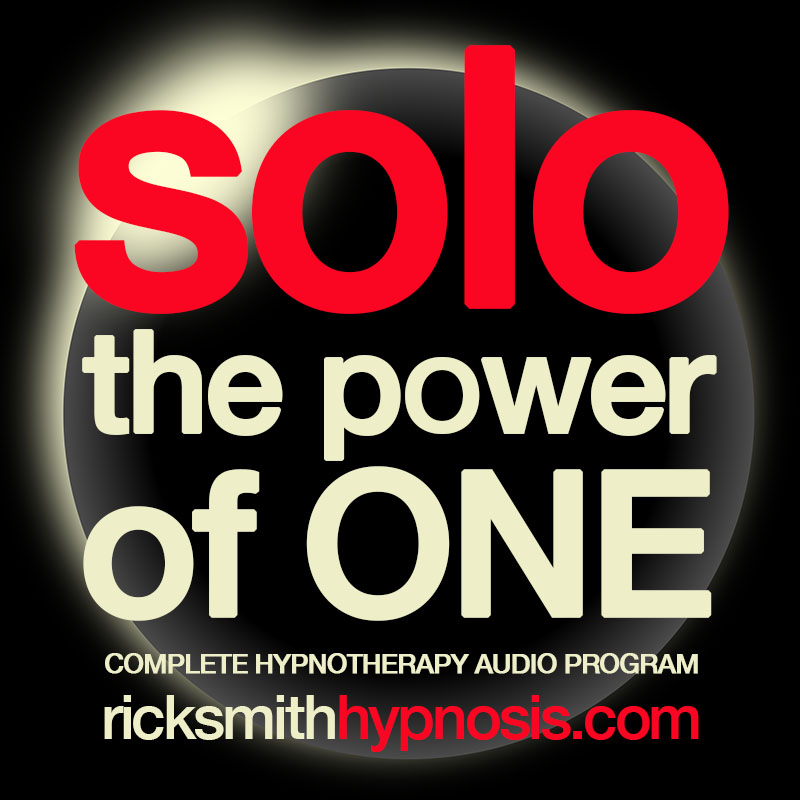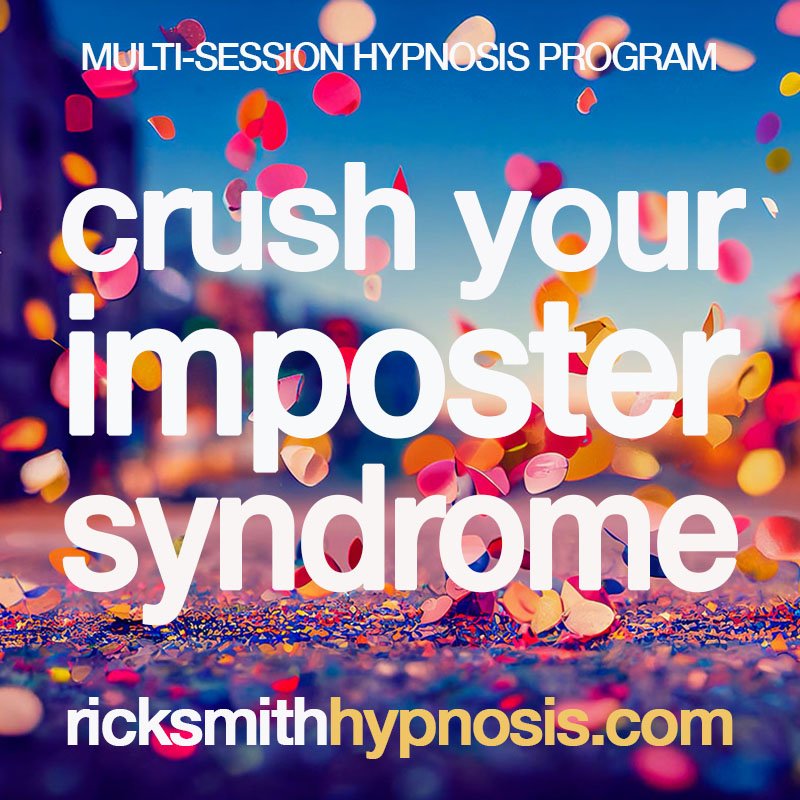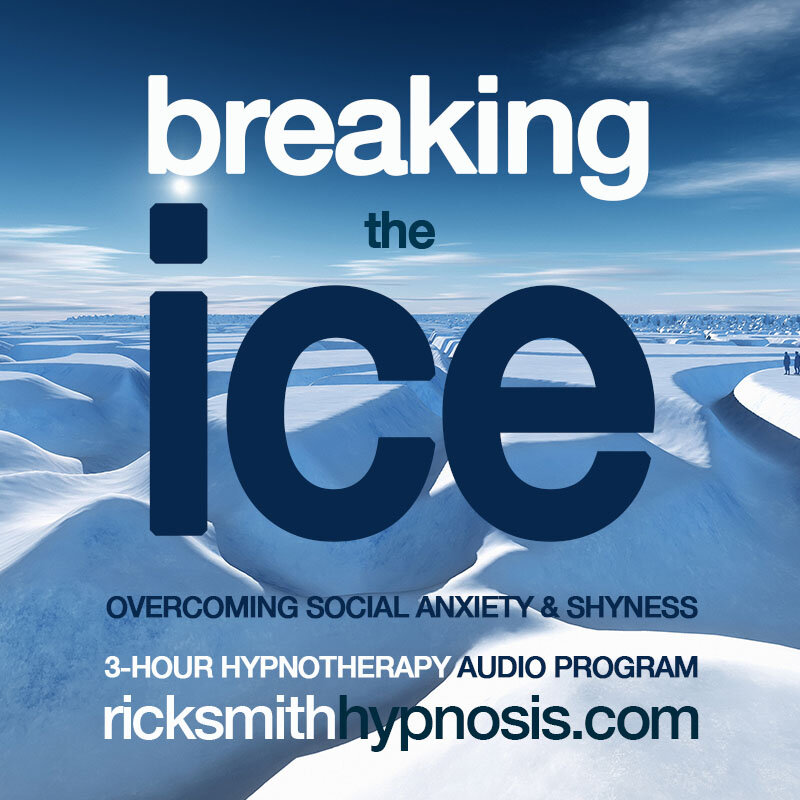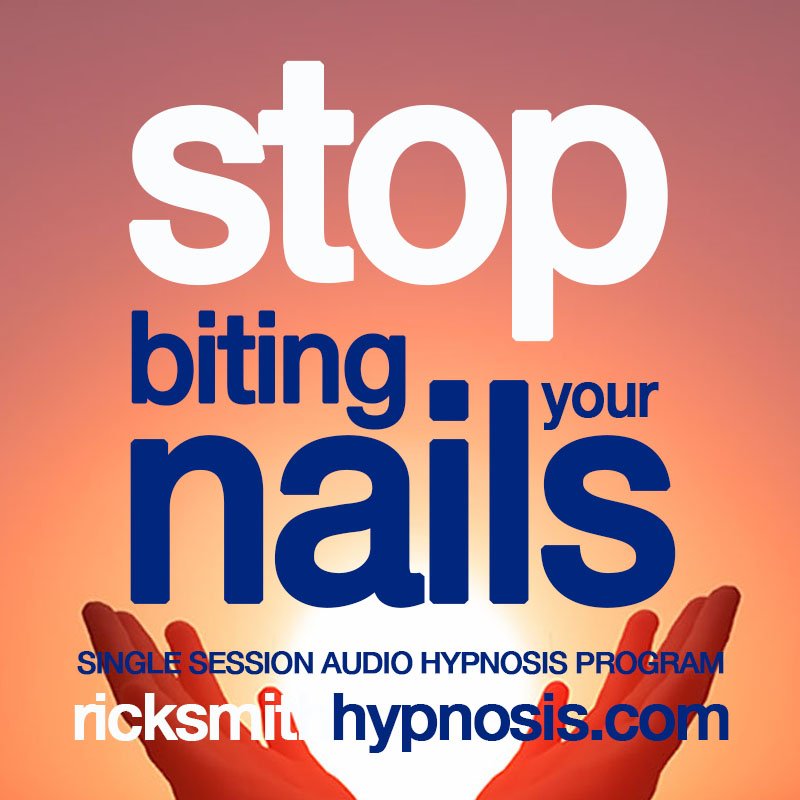Quicker, Cheaper, Easier. But How Effective? You May Be Surprised...
If you’ve ever visited a hypnotherapist, you’ll know that it’s about more than just the session. You first need to get yourself ready to go, make the journey – which can be a stressful experience in itself – then put your entire vulnerability in the hands of (possibly) a total stranger.
After you’ve just battled through town and the weather to get there on time, you might spend half the session wondering if it’s working, and even if it does, you then have to go through the entire process in reverse to get home again. By the time all this is over, much of the beneficial effect of the hypnosis may be beginning to wear off.
Of course, this is the worst-case scenario, but the relapse rate among hypnotherapy subjects remains high. Even the best hypnotherapist may struggle with a stressed or anxious client in such a situation.
But, don’t get me wrong; I’m not suggesting that ‘live’ hypnotherapy is about to be replaced by online professionals like me, or even Artificial Intelligence bots if we're to believe what we read in the papers!
Of course not.
I've been a hypnotherapist for eleven years, and I've been working exclusively online for the past five. What's become clear in that time is that there are two distinct groups of hypnosis clients; one for whom the interaction with the therapist is essential to their outcome – the whole ‘therapy experience' - and the other who respond better to being in their own private space, for whom interaction is less important than total immersion in the experience, which is hard to achieve in someone’s office.
There are also two very different types of hypnosis therapy, depending on the ‘condition’, or more pragmatically, the change that’s required.
The first, which lends itself to live therapy, is the interactive method, where the hypnotherapy consists of an ongoing dialog (which may include touching: testing and anchoring) and it critically depends on the therapist being able to receive and respond to feedback from the subject during the trance.
This kind of therapy demands an immersive conversation between client and therapist; that’s how it’s meant to work.
It’s important in a ‘milestone’ based treatment series, such as a weight loss or addiction programs, where progress needs to be measured and integrated into the subsequent sessions. Likewise, PTSD, depression, and – curiously – smoking, among others, work best with live therapy.
However, there’s a multitude of applications where recordings may work better. Apart from the stress and inconvenience of a therapist appointment, there are some powerful reasons:
· Repetition: Hypnosis is progressive. The more you do it, the quicker, deeper, and more effective it becomes. With audio recordings, you can repeat your sessions as often as you want, for no extra effort or cost.
· Privacy: Clients regularly report they go deeper, faster with recordings than when they visited a live hypnotherapist. They find being alone in the room enables complete emotional release, which enhances the hypnotherapy process.
· Accessibility: If you’re using hypnotherapy for insomnia, you need access at bedtime. If it’s exercise motivation, you need it before you go to the gym or cycling. No hypnotherapist can offer you this convenience, where you need it, when you need it.
· Value: Audio hypnosis downloads from experienced professional sources, such as www.ricksmithypnosis.com, usually sell for between ten and thirty dollars, and often contain more than one recording (mine have at least three in each package, all for less than ten bucks). A city hypnotherapist will charge around ten or twenty times that amount for a single session.
· Risk-Free Guarantee: All my hypnotherapy audio downloads are covered by my 30-day money back guarantee; no questions asked. Try getting a refund from your therapist if things don’t work out for you.
Hypnosis downloads are ideal for change-based self-improvement, in areas such as anxiety, confidence, procrastination, and exercise motivation. In these cases, it’s not necessary to regress back to events in your past, usually the target for most talking therapies.
Neither of us needs to know how you got here: our objective is to implant new habits and behaviours, to over-write and erase your old, less appropriate ones. In your own time, and at your own pace, you can readily commit to the process, and spend as much time repeating it as you need to make it stick.
Although your own situation is unique, your goal is the same as everyone else’s;
· If you’re anxious, you want to be relaxed;
· If you lack confidence, you want more;
· If you’re insomniac, you want to sleep;
· If you’re unhealthy, you want to get fit.
The hypnosis scripts I write for my programs are specifically designed for the digital world. Each program has more than a hundred hours of painstaking research behind it, combining the most up to date neuroscience-based techniques with traditional hypnotherapy methods that have been proven to work on thousands of clients.
All the programs are sequential, usually three or five recordings, so you can try them out, and then choose which one(s) are most aligned to your situation, and work best for you.
And if this is your first time with hypnosis, every program includes my two specialised ‘Training Script’ recordings, which will condition you for the deeper hypnosis to come.
It’s so much more than a one-shot session in the therapist’s chair.
Like me, I’m sure you’d agree that there’s a place for both kinds of hypnosis; live and recorded, and each one does certain jobs very well. Why don’t you try the digital version before you do anything else?
You may save yourself a great deal of time, effort, and money, and come out with an even better result!







